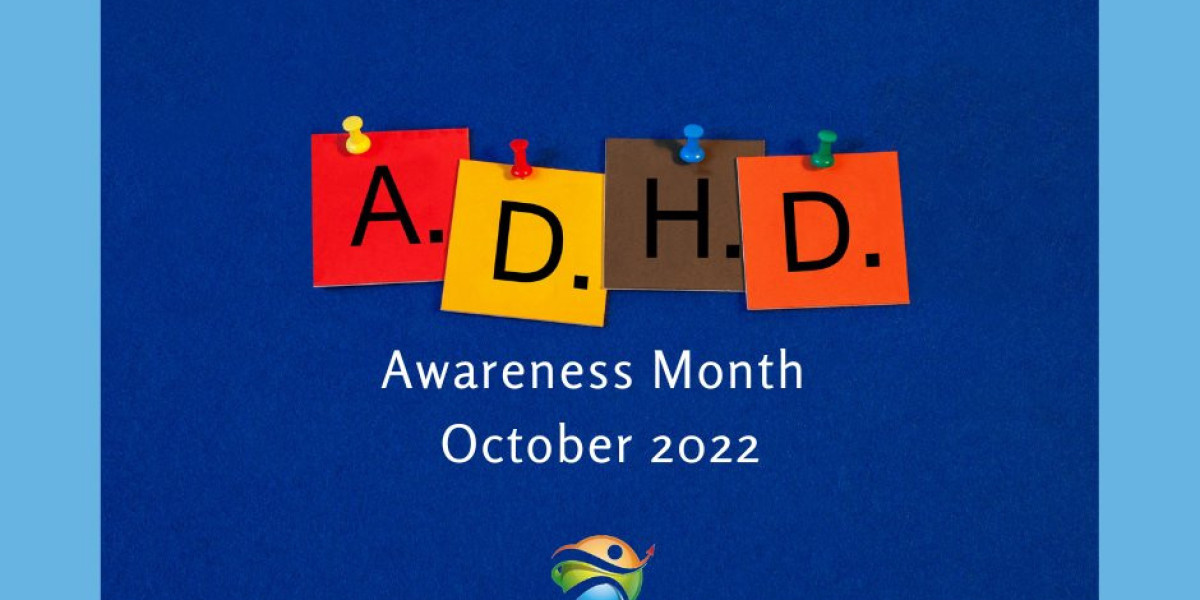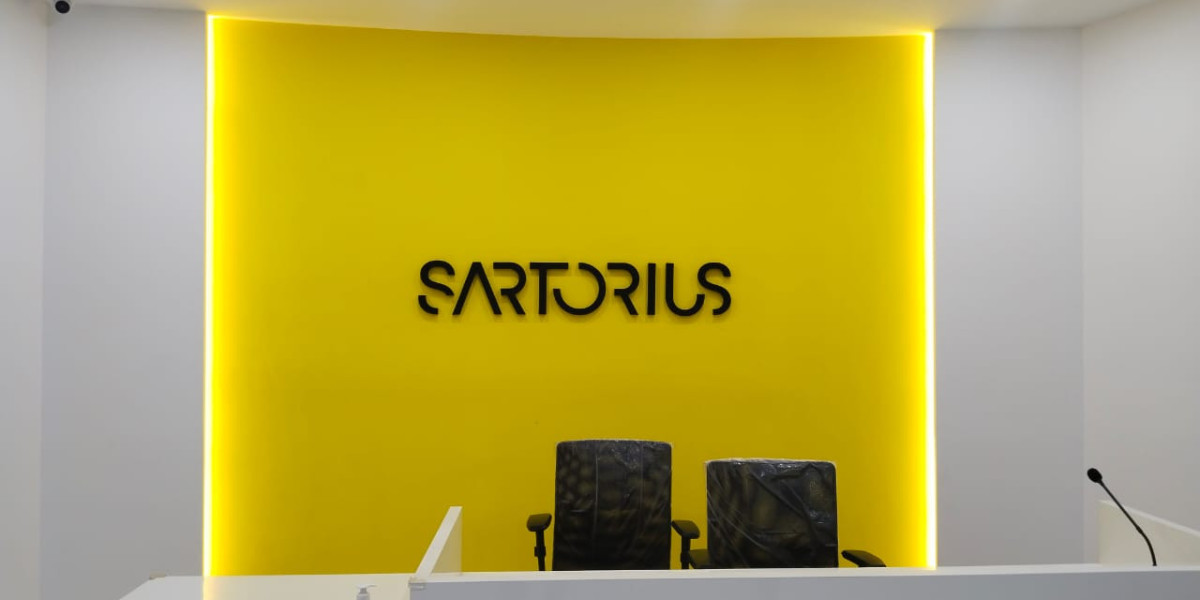Attention Deficit Hyperactivity Disorder (ADHD) is a neurodevelopmental disorder characterized by symptoms such as inattention, impulsivity, and hyperactivity. While these symptoms can present challenges in various aspects of life, including academics, work, and social interactions, individuals with ADHD involve often find solace and expression through artistic endeavors. Art therapy has emerged as a powerful tool in managing ADHD symptoms, providing a creative outlet for self-expression, emotional regulation, and personal growth. This article explores the therapeutic benefits of art in addressing ADHD, how artistic expression can serve as a form of communication for those with ADHD, and practical strategies for integrating art therapy into treatment plans.
Understanding ADHD and Art Therapy
ADHD affects people of all ages, but it is most commonly diagnosed in childhood. Children with ADHD may struggle with focusing on tasks, following instructions, and controlling impulsive behaviors. Adults with ADHD may experience similar difficulties, along with challenges in organization, time management, and maintaining relationships. Traditional treatment approaches for ADHD often involve medication, therapy, and behavioral interventions. While these methods can be effective, they may not fully address the emotional and psychological needs of individuals with ADHD.
Art therapy offers a holistic approach to ADHD treatment by combining creative expression with psychological insights. Unlike traditional talk therapy, art therapy utilizes the process of making art as a means of communication and self-discovery. Through drawing, painting, sculpting, and other artistic activities, individuals with ADHD can explore their thoughts, feelings, and experiences in a nonverbal manner. Art therapy provides a safe and supportive environment for individuals to express themselves freely, without judgment or criticism.
Benefits of Art Therapy for ADHD
Art therapy offers numerous benefits for individuals with ADHD, including:
Self-Expression
Art provides a unique form of communication for individuals who may struggle to express themselves verbally. Through art-making, individuals with ADHD can externalize their internal experiences, thoughts, and emotions. This can lead to greater self-awareness and self-acceptance.
Emotional Regulation
Many individuals with ADHD experience intense emotions and difficulties in regulating them. Art therapy teaches coping skills and relaxation techniques through creative expression. Engaging in art-making can help individuals with ADHD manage stress, anxiety, and other overwhelming emotions.
Focus and Attention
While individuals with ADHD may have challenges with sustained attention, they often demonstrate hyperfocus in activities that interest them. Art therapy harnesses this natural inclination by providing engaging and stimulating activities. By immersing themselves in the creative process, individuals with ADHD can enhance their focus and concentration skills.
Sensory Integration
Sensory issues are common among individuals with ADHD, including hypersensitivity or hyposensitivity to sensory stimuli. Art therapy allows individuals to explore different textures, colors, and materials, promoting sensory integration and regulation.
Self-Esteem and Confidence
Art therapy encourages experimentation and risk-taking in a supportive environment. As individuals with ADHD experience success and mastery in their artistic endeavors, they can build confidence in their abilities and develop a positive self-image.
Expressing ADHD Through Art
Artistic expression can take many forms for individuals with ADHD, depending on their interests, preferences, and talents. Some may gravitate towards visual arts such as drawing, painting, or collage-making, while others may prefer expressive arts such as music, dance, or drama. The key is to find creative outlets that resonate with the individual and provide a sense of fulfillment and accomplishment.
Here are some examples of how individuals with ADHD can express themselves through art:
Mindfulness Drawing
Mindfulness drawing involves focusing on the present moment and letting go of judgments and distractions. Individuals with ADHD can benefit from mindfulness drawing exercises, such as doodling, Entangle patterns, or free-form sketching. These activities promote relaxation, concentration, and self-awareness.
Mixed Media Collage
Collage-making allows individuals to combine different materials and textures to create unique artworks. Individuals with ADHD can collect found objects, photographs, magazine clippings, and other items that resonate with them. By arranging and layering these materials, they can convey personal narratives and explore themes of identity, memory, and imagination.
Abstract Painting
Abstract painting is a form of nonrepresentational art that emphasizes color, shape, and texture over realistic depiction. Individuals with ADHD can experiment with acrylics, watercolors, or mixed media to create abstract compositions. This fluid and spontaneous approach to painting allows for freedom of expression and encourages risk-taking and exploration.
Music Composition
Music can be a powerful medium for emotional expression and communication. Individuals with ADHD can explore music composition through songwriting, improvisation, or electronic music production. By experimenting with melody, rhythm, and lyrics, they can convey their innermost thoughts and feelings in a tangible and meaningful way.
Movement Therapy
Movement therapy incorporates dance, yoga, and other forms of movement to promote physical, emotional, and cognitive well-being. Individuals with ADHD can engage in structured movement activities that focus on coordination, balance, and body awareness. Through expressive movement, they can release pent-up energy, reduce impulsivity, and improve self-regulation skills.
Integrating Art Therapy into ADHD Treatment
Art therapy can be integrated into ADHD treatment plans in various settings, including schools, clinics, hospitals, and community centers. Mental health professionals, including art therapists, counselors, psychologists, and social workers, can incorporate art therapy techniques into individual therapy sessions, group therapy programs, and psychoeducational workshops.
Here are some practical strategies for integrating art therapy into ADHD treatment:
Assessing Individual Needs
Conducting a thorough assessment of each individual's strengths, challenges, interests, and goals is essential in developing personalized art therapy interventions. Consideration should be given to sensory preferences, artistic abilities, and cultural backgrounds.
Establishing a Safe Environment
Creating a safe and supportive environment is crucial for fostering creativity and self-expression. Ensure that the art therapy space is free from distractions, judgment, and pressure. Provide a variety of art materials and tools that cater to different sensory needs and preferences.
Setting Clear Goals and Objectives
Collaborate with the individual to identify specific goals and objectives for art therapy sessions. These may include improving focus and attention, managing impulsivity, enhancing self-esteem, or developing coping skills. Use art-making as a means of addressing these goals in a concrete and tangible way.
Providing Structured Activities
Offer structured art activities that provide clear instructions and guidelines while still allowing for creativity and spontaneity. Balance open-ended projects with more directed exercises to accommodate different learning styles and preferences.
Encouraging Reflection and Processing
Facilitate reflection and processing during and after art-making activities. Encourage individuals to discuss their artwork, share their thoughts and feelings, and explore connections between their art and their experiences. Use open-ended questions and active listening techniques to promote self-discovery and insight.
Fostering Peer Support and Collaboration
Incorporate opportunities for peer support and collaboration through group art therapy activities. Engage individuals in sharing their artwork with others, providing feedback, and collaborating on group projects. This fosters a sense of belonging, mutual respect, and social connection.
Conclusion
Expressing ADHD through art offers a therapeutic approach that honors the unique strengths and abilities of individuals with ADHD. Art therapy provides a creative outlet for self-expression, emotional regulation, and personal growth. By harnessing the power of art, individuals with ADHD can explore their thoughts, feelings, and experiences in a nonverbal manner. Integrating art therapy into ADHD treatment plans can



